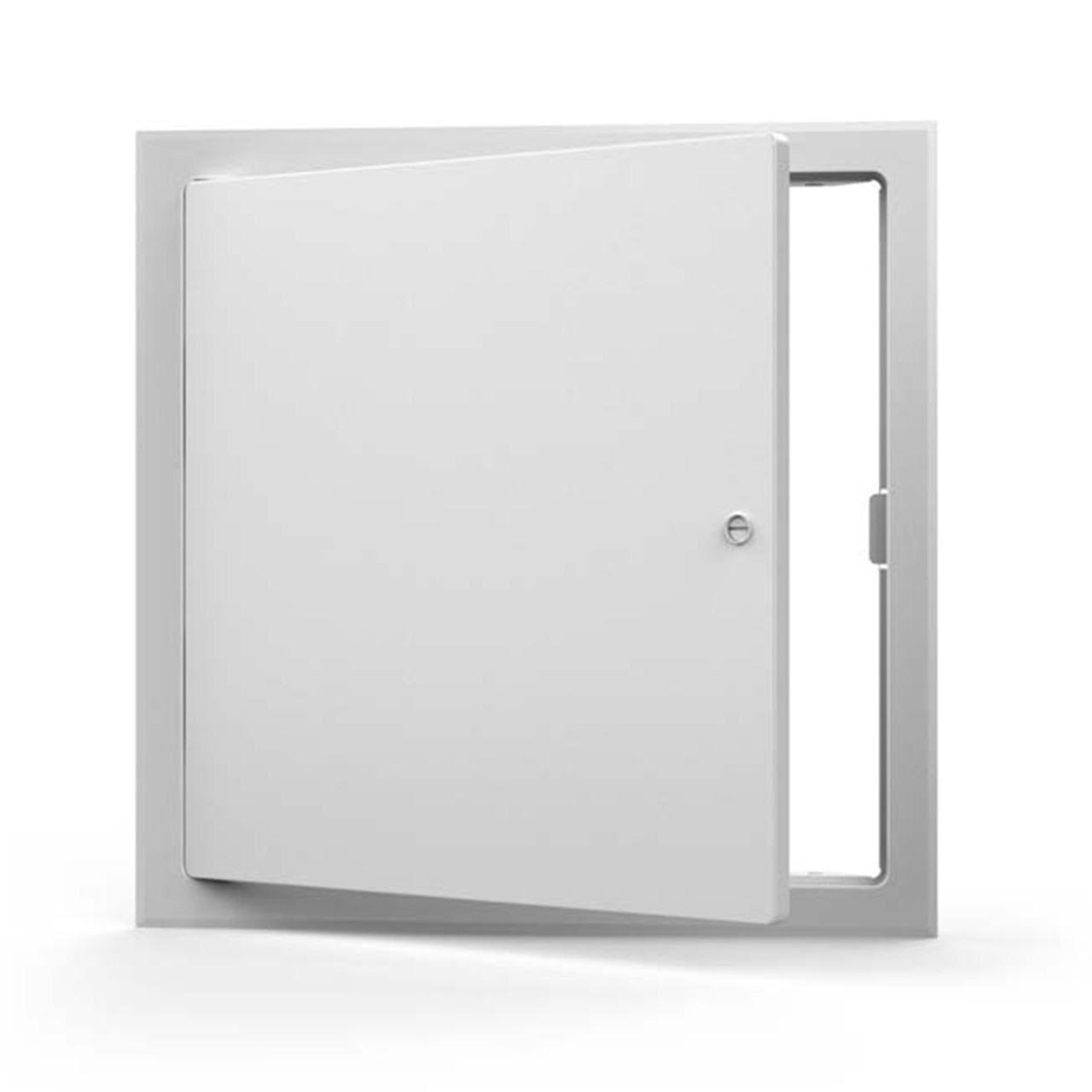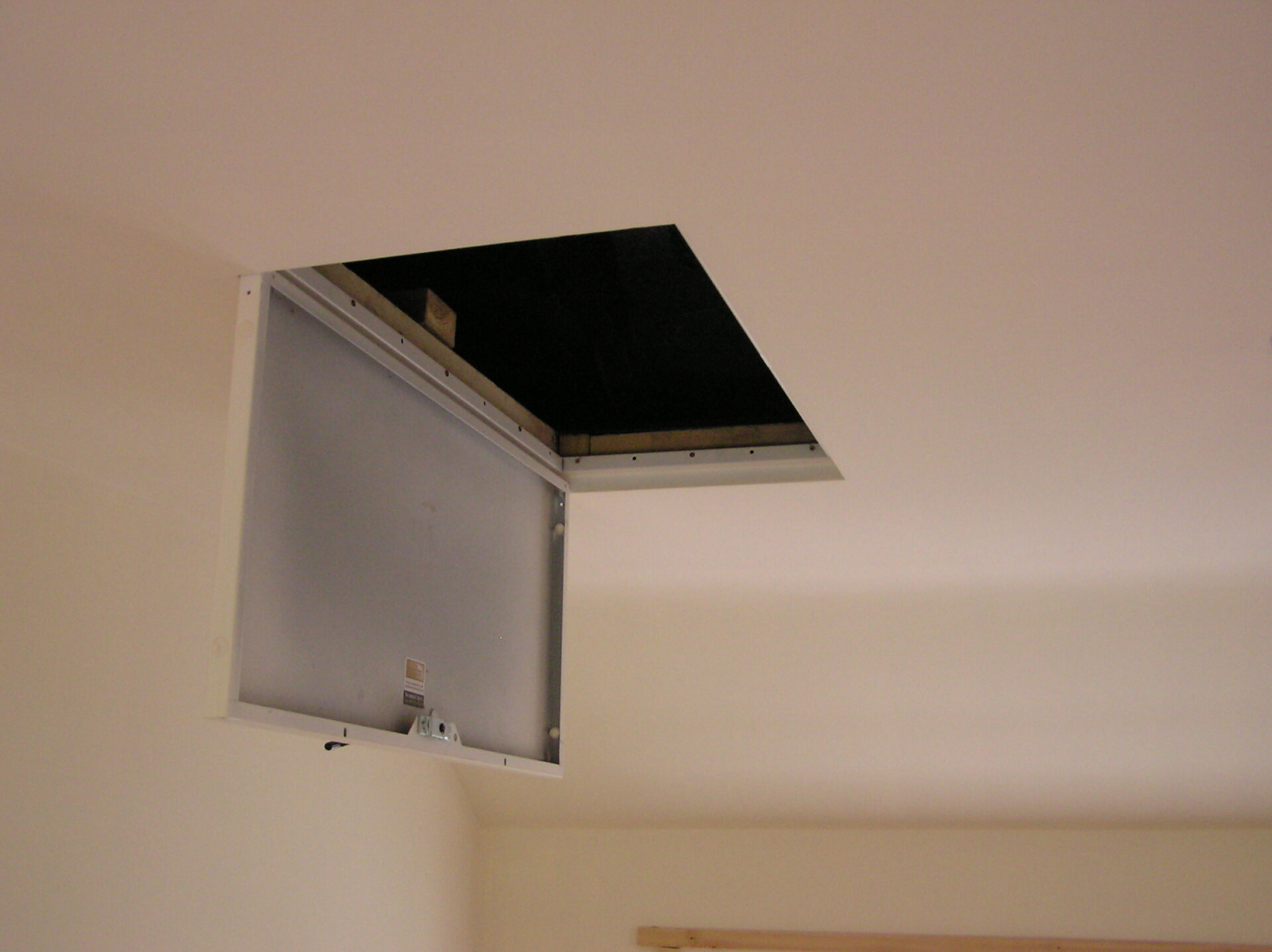Best Types of Access Doors » Residence Style

Building owners, contractors, architects, and interior designers understand that technology goes hand in hand with the building’s interior. With this, all things inside the building must complement each other, from the building’s furniture and fixtures wall paint, and access doors and panels.
Little did most people know that access doors and panels are vital in every building structure. They protect not just the cables and wires of the building from unauthorized access but also serve as service personnel’s access to HVAC or plumbing systems. In some instances, these access doors may also affect the building’s safety.
There are several types of access doors that you may install in your house or building. Here are the most common types that you can install hassle-free.
4 Types of Access Doors
The best access doors and panels use different materials, which also depends on the function of the access doors. Some are aluminum-made removable access doors, while others use galvanized or stainless steel as their primary material. However, though these access doors and panels use different materials, they can be classified into four types of access doors.
General Purpose Access Doors
The General-Purpose Access Doors are the entry-level type of access door. Commercial contractor professionals usually install these types of access doors in hotels, commercial buildings, and some areas of hospitals.

They blend well with any surface, creating an optical illusion that the wall or ceiling does not have any access door. Integrating the access door to the building’s interior ensures that any wiring and system critical to the day-to-day operation is well-protected from unauthorized access.
As their name suggests, the access door’s primary feature allows you to use the access door for almost everything where you can apply it. The only restriction in installing the general-purpose access door is when your building has specifics you need to follow. But other than that, the access door can effectively conceal and protect the building’s wires, pipes, vents, ducts, and plumbing systems.
Drywall Access Doors
Drywall access doors are intended explicitly for drywall surfaces. Most residential and construction builders install these when there’s a need to access the hollow space behind the drywall.
Although this access door is made explicitly for drywall installation, it has the same purpose as the other access doors and panels. It protects the cables, vents, valves, ducts, and faucets while allowing service personnel to access the components for maintenance and repair quickly.
The drywall access doors have one of the most accessible installation processes. You can quickly install it by running glue to the frame or using an electric screw to lock it to the drywall. Because of its quick installation and easy access features, you will usually see this access panel in kitchen and bathroom areas or where the plumbing, ducts, and other electrical components are present.
Plaster Bead Access Doors
Plaster bead access doors are for plaster walls. However, some building contractors also install these in drywall walls and ceilings. Although they have the same functionalities as the drywall access doors, the plaster bead access doors need to be carefully installed to a durable frame to avoid chipping the plaster.
The plaster bead access doors also offer a paintable finish for you to match to plaster or drywall walls and ceilings you are installing the access panel.
Fire-Rated Access Doors
Fire-rated access doors’ primary purpose is to help prevent the spread of fire for a specific period. Depending on the rating and their surrounding materials, these access doors can help prevent fire for up to three hours as they are airtight and fully sealed.

These features and the materials that compose the product make them ideal for buildings or areas prone to fire breakouts, like restaurants and kitchen areas. Pair the fire-rated access doors with fire-rated walls and ceilings for best results. Otherwise, the fire will spread swiftly to other regions of the building.
Access doors and panels can be simple and inexpensive to match your interior designs. However, all access doors you will use and install in your next project must be sturdy enough to protect the building’s essential components from unauthorized access. In addition, only install the access doors and panels whose function, features, and benefits fit your needs.







